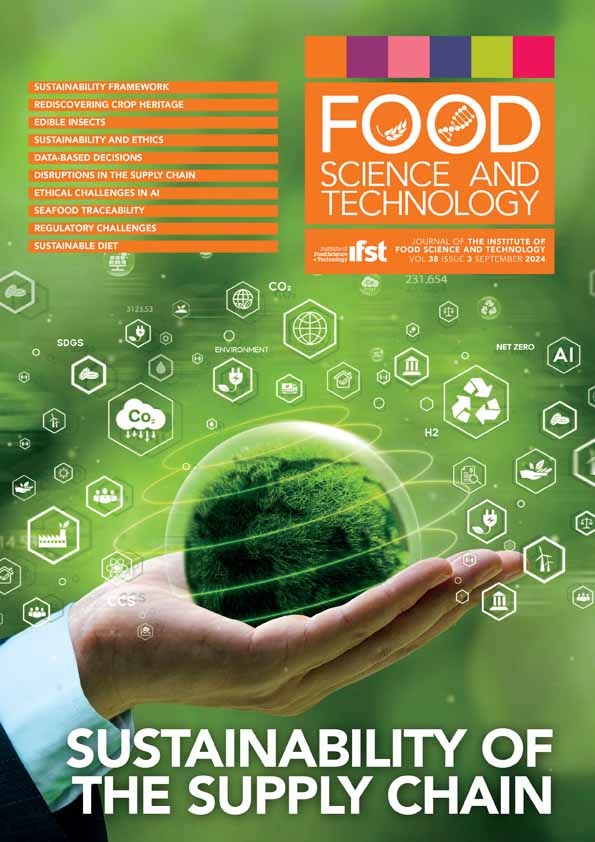贮藏小麦中的农药残留及其对嗜坐螨和多瘤蚜的作用
Q2 Agricultural and Biological Sciences
引用次数: 0
摘要
供应安全食品和丢弃农用化学品残留量超过法定限值的食品一直是各机构警示的目标。小麦产品在巴西被广泛食用,因此,旨在检测这种谷物中的农用化学品残留及其风险的研究至关重要。这项研究的目的是评估南里奥格兰德州筒仓中储存的小麦中是否存在农用化学品残留,并验证在小麦中检测到的杀虫剂是否有残留作用。第一项实验包括对储存 10 个月期间的农用化学品进行多残留分析。第二项实验包括用 Sitophilus oryzae 和 Rhyzopertha dominica 侵染前一项实验中的样本,以评估死亡率。根据巴西法律规定,在小麦中检测到九种农用化学品,其中六种低于最大残留限量,三种高于最大残留限量。在所有评估样本中,谷物中的 Sitophilus oryzae 昆虫在接触谷物 96 小时后 100%死亡,这表明杀虫剂的残留物即使在暂停使用期后仍然有效。在分析的样品中没有观察到 Rhyzopertha dominica 死亡。本文章由计算机程序翻译,如有差异,请以英文原文为准。
Pesticide residues in stored wheat and their action on Sitophilus oryzae and Rhyzopertha dominica
The concern over supplying safe foods and discarding food lots with agrochemical residues over the legal limits has been the target of alerts from various agencies. Products derived from wheat are widely consumed in Brazil, and thus studies that aim at detecting agrochemical residues in this cereal grain and their risks are of utmost importance. The aims of this study were to evaluate the presence of agrochemical residues in wheat stored in a silo in Rio Grande do Sul and verify if there was residual action of the insecticides detected in the wheat. The first experiment consisted of multiresidue analyses of agrochemicals over a period of 10 months of storage. The second consisted of infesting samples from the previous experiment with Sitophilus oryzae and Rhyzopertha dominica to evaluate mortality. Nine agrochemicals were detected in the wheat, of which six were below the maximum limit of residues and three were above, according to Brazilian legislation. There was 100% mortality of Sitophilus oryzae after 96 h of exposure of this insect to the grain in all the samples evaluated, indicating that the residues of insecticide were still active even after the withholding period. No mortality was observed for Rhyzopertha dominica in the samples analyzed.
求助全文
通过发布文献求助,成功后即可免费获取论文全文。
去求助
来源期刊

Food Science and Technology
农林科学-食品科技
自引率
0.00%
发文量
0
审稿时长
12 weeks
期刊介绍:
Information not localized
 求助内容:
求助内容: 应助结果提醒方式:
应助结果提醒方式:


